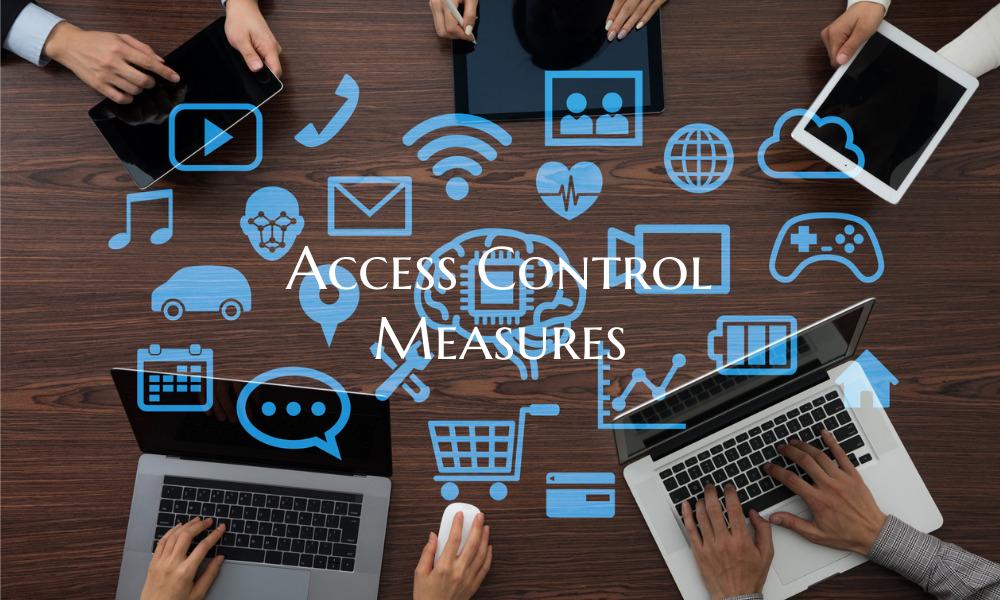Access Control Measures
Introduction: Access control measures play a crucial role in ensuring the security and integrity of an organization's information and resources. By implementing the right access controls, organizations can protect sensitive data, prevent unauthorized access, and minimize the risk of security breaches. This article explores the importance of access control measures and provides practical tips for implementing them effectively in your organization.
Why Access Control Measures Are Important: 1. Protecting Sensitive Data: Access control measures help organizations protect sensitive information such as customer data, financial records, and intellectual property from unauthorized access. 2. Preventing Unauthorized Access: By restricting access to certain resources and systems, access control measures prevent unauthorized users from gaining entry and potentially causing harm. 3. Compliance Requirements: Many industries have regulatory requirements that mandate the implementation of access control measures to safeguard data and ensure compliance with industry standards.
Types of Access Control Measures: 1. Role-Based Access Control (RBAC): RBAC assigns permissions based on a user's role within the organization, ensuring that employees only have access to the resources necessary for their job function. 2. Mandatory Access Control (MAC): MAC uses labels and security clearances to restrict access to information based on predefined security policies. 3. Discretionary Access Control (DAC): DAC allows individuals to set access controls on their own resources, giving them more control over who can access their data.
Best Practices for Implementing Access Control Measures: 1. Conduct Regular Access Audits: Regularly review user access rights and permissions to ensure that they align with employees' current roles and responsibilities. 2. Enforce the Principle of Least Privilege: Grant users the minimum level of access required to perform their job functions, reducing the risk of unauthorized access. 3. Implement Multi-Factor Authentication: Require users to provide multiple forms of verification, such as a password and a token, to access sensitive data and systems. 4. Monitor and Log Access Activities: Keep track of user access activities and investigate any suspicious behavior to detect and prevent unauthorized access. 5. Provide Ongoing Training: Educate employees on the importance of access control measures and best practices for maintaining secure access to company resources.
Conclusion: Effective access control measures are essential for protecting an organization's information assets and minimizing cybersecurity risks. By implementing role-based access control, conducting regular audits, and enforcing the principle of least privilege, organizations can enhance their security posture and prevent unauthorized access to sensitive data. Investing in access control measures is a proactive approach to safeguarding sensitive information and ensuring compliance with regulatory requirements in today's ever-evolving threat landscape.

